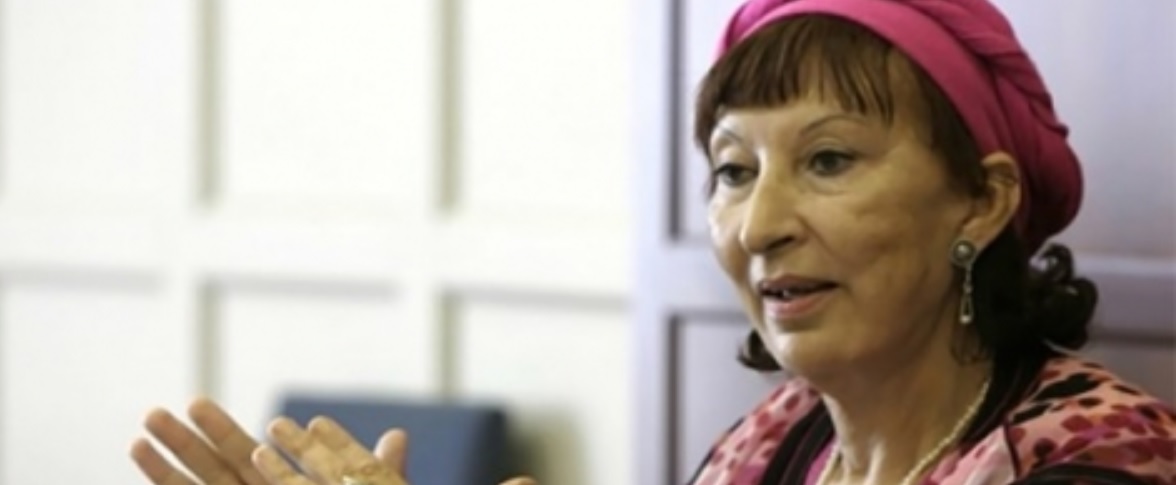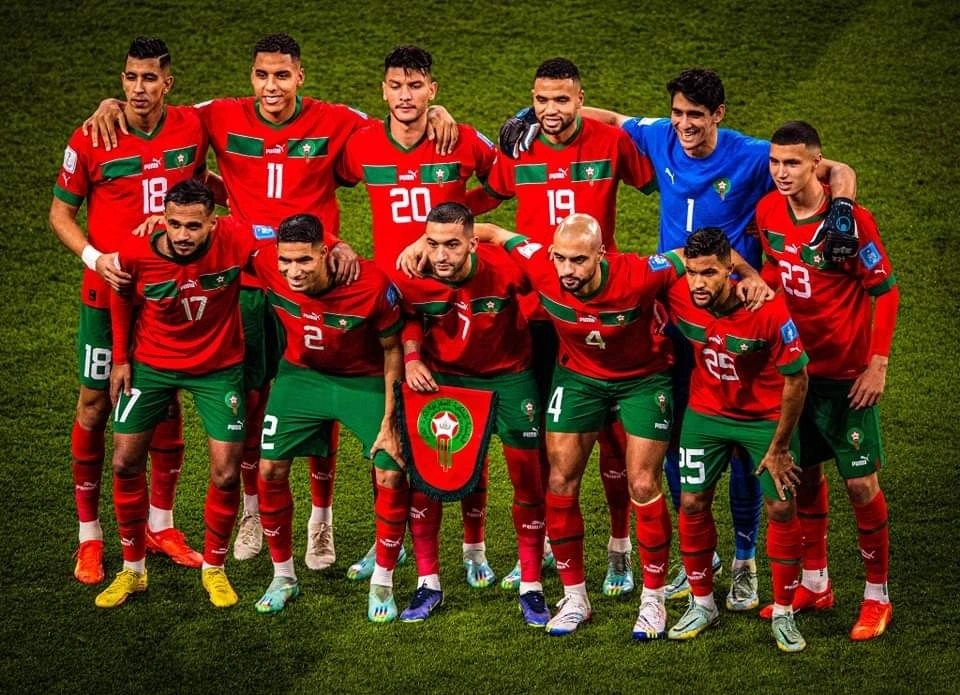
There is little doubt about the fact that sociologist Fatima Mernissi has audaciously canvassed in her famous works sexual identities and politics in Arab-Muslim societies. Following this line of thinking, the scholar has primarily cast light on how both Islamic and Western societies view female sexuality, for she contends that both religious conservatism concerning Islam and Western capitalism deny, if not efface altogether, the existence of women’s sexuality. Moreover, Mernissi highly documents in some of her books the patriarchal practices that have long controlled and limited female sexuality in the Muslim world, a sexuality that is deemed dangerous and is accused of generating chaos.
In Beyond the Veil: Male-Female Dynamics in Muslim Society (1975), Mernissi explores the gender relations and the sexual behaviors that contribute to the shaping of Muslim societies’ status quo. Accordingly, she debunks the fashions by which sexuality is defined in the Islamic mentality, for women’s sexuality is suppressed and obliterated against the backdrop of men’s sexuality which is publicly believed to be a prerogative, one that symbolizes male freedom in all aspects of life. In addition to that, Mernissi states that sexual matters in Muslim societies are specifically molded in a way that serves the male elite, an elite that takes advantage of male privilege in the name of Islam. Mernissi revisits the latter through the prism of feminist theology to unearth the falsified truths that the Arab mentality has about the position of women and the state of their sexuality, for the patriarchal discourse in Muslim societies is saturated with a myriad of misinterpretations of the sacred Quranic texts and the Hadith, misinterpretations that are propagated in order to curb women’s power, especially the power of their sexuality.
In the same book, Mernissi offers valuable correctives to the general depiction of Western women as enjoying the ultimate sexual freedom, for she argues that the capitalist project wields the female body by objectifying it in the same way Islamic patriarchy conceals it by veiling it, excluding it, and denying its legitimacy. In other words, the female body is undoubtedly a site of struggle in all societies and cultures. Following this line of argument, Mernissi declares in Beyond the Veil that Western cultures take female sexuality for granted as it is always put as an object of the male’s promiscuous sexuality; in contrast, Muslim societies are aware of the immense power of female sexuality, which is the reason why patriarchy is galvanized into taming it and controlling it. Mernissi elucidates how patriarchy has used Islam as a pretext to civilize women’s bodies by shedding light on practices such as polygamy, sexual segregation, and men’s unilateral right to divorce. For instance, it is clear that polygamy enables men to have as many sexual partners as they desire, an idea that is highlighted as well in Mernissi’s contentious work The Political Harem (1992), for it is a sexual institution that is manipulated so men can have total bodily and sexual freedom.
One can say that F. Mernissi has impeccably couched the other version of women’s sexual positions in Islam through a gender-sensitive line, for misogynist patriarchy captures female sexuality as the generator of chaos or Fitna as it is expressed in the Islamic mentality, more than that, it is looked at as the embodiment of shame and of abject in Julia Kristeva’s word. In her thorough and probing works, she unearths the dominant scripts that suffuse Islamic narratives when it comes to the value of women, narratives that have prevented Muslim women from exercising their freedom which Islam has granted them. Most importantly, manufactured Islam has created extremely convincing ideologies that render women mortified when the case concerns their bodies and sexual lives, ideologies that swing between the veil and the myth of virginity.



![Morocco Suffers Defeat Against South Africa in African Nations Cup Qualifier [Highlights Included] Achraf Hakimi](https://themoroccantimes.com/wp-content/uploads/2023/04/achraf-hakimi-238x178.png)



